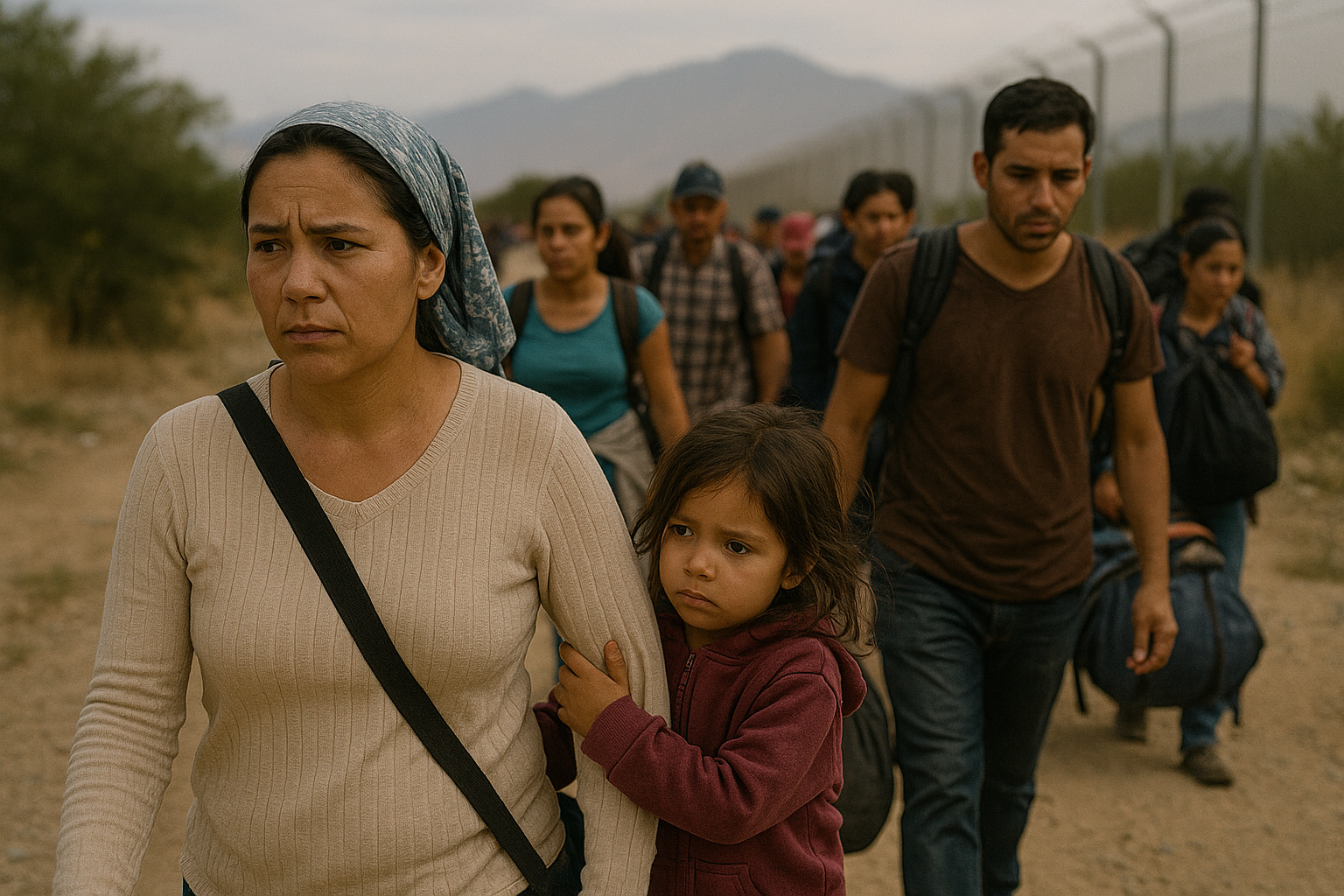Cross-Border Migration’s Hidden Cost: Widening Gender Gap in Latin America’s Workforce
The IMF and HKUST study finds that cross-border migration in Latin America and the Caribbean deepens gender gaps in labor force participation, with emigration—through remittances—reducing women’s work rates more sharply than men’s. In Colombia, Venezuelan immigration lowered participation overall, hitting men harder, while women were more affected by the income effects of remittances.

The International Monetary Fund’s Western Hemisphere Department, working with the Hong Kong University of Science and Technology, has released a striking new working paper that examines how migration shapes gender inequality in Latin America and the Caribbean. Authored by Cassie Chen Xiang, a PhD researcher at HKUST, and Manuk Ghazanchyan, a senior economist at the IMF, the study combines sweeping regional data with a detailed case study from Colombia to uncover how emigration and immigration are altering the contours of women’s and men’s participation in the labor force. At a time when women’s economic empowerment is touted as a key growth driver, the findings reveal that cross-border flows of people are not neutral. Instead, they interact with entrenched gender disparities, often deepening divides that governments have spent decades trying to narrow.
A Region of Progress and Persistent Gaps
The backdrop is one of both achievement and unfinished business. Since the early 1990s, female labor force participation in Latin America and the Caribbean has risen by around 13 percentage points, narrowing gender gaps significantly. Yet the region still endures the second-largest divide in the world between men and women in the workforce. Overlaying this is an accelerating wave of migration. By 2020, some 6.5 percent of the region’s population lived abroad, double the share in 1990, making LAC one of the world’s most migration-intense regions. Immigration, while smaller, has also surged, driven by humanitarian crises such as the Venezuelan exodus. Together, these shifts have reshaped households, labor markets, and the broader economy, raising urgent questions about who wins and who loses in the gendered struggle for work.
The Regional Picture: Emigration Hurts Women Most
Using data spanning 1991 to 2019, the paper establishes a clear correlation between emigration and falling labor force participation at home. For every one-percentage-point increase in a country’s emigrant share, women’s participation drops by 0.3 points and men’s by 0.27 points. Though both genders are affected, women are more vulnerable, partly due to weaker labor market attachment and higher sensitivity to household income changes. Immigration, by contrast, brings a different story. Male participation rises as immigrant inflows increase, suggesting that new arrivals often complement rather than compete with local men. For women, the relationship is statistically insignificant, indicating no clear gain or loss. The results underline a paradox: while migration opens opportunities abroad, it also hollows out participation at home, especially for women who remain behind.
Colombia’s Story: Remittances and the Venezuelan Shock
Colombia offers a vivid case study of these dynamics. With six percent of its citizens living abroad and nearly four percent of its population made up of immigrants by 2020, it embodies both sides of the migration coin. Household survey data from 2017 to 2019 show that families receiving remittances are less likely to participate in the labor market. Women, particularly those who are older, less educated, or working in informal sectors, are the most affected. The “income effect” of remittances raises their reservation wage, making it less urgent to seek or keep work. At the same time, the influx of Venezuelans,1.8 million by 2020, reduced overall participation rates. Yet the burden fell disproportionately on men, as Venezuelan men clustered in sectors like construction and services where they directly competed with Colombian males. Women, by contrast, experienced smaller declines, partly because their sectors overlapped less with migrant inflows. In essence, remittances deepen the gender gap, while immigration reshuffles it, pushing down male participation more sharply.
Policy Choices: Turning a Challenge into Opportunity
The IMF authors stress that their findings capture partial-equilibrium effects, short-run impacts that do not account for long-term welfare gains. Over time, immigration can lower prices of non-tradable goods, stimulate demand, and even expand opportunities. Still, the immediate gendered impacts are stark enough to demand policy responses. Governments, they argue, must invest in women’s education and vocational training to strengthen labor market attachment. Programs in financial literacy and entrepreneurship could help women in remittance-receiving households turn inflows into productive ventures rather than exit work altogether. Labor protections must also be inclusive, ensuring both migrants and natives are shielded from exploitation and job losses. By tailoring interventions to the vulnerabilities of less-educated, older, and informal-sector women, countries can prevent migration from exacerbating gender inequalities.
The study portrays migration as both a disruptor and a potential enabler. Remittances can ease household burdens but may also reduce women’s participation. Immigration can create competition but also complement native workers and expand demand in the longer run. What emerges is a nuanced picture: migration is a gendered process with uneven impacts that ripple through economies and societies. For Latin America and the Caribbean, where growth and equity hinge on bringing more women into the workforce, understanding these dynamics is not an academic exercise but a policy imperative. The IMF and HKUST researchers call for interventions that are as mobile and adaptable as the populations they seek to serve, ensuring that migration becomes a force for narrowing, not widening, the gender gap in labor participation.
- FIRST PUBLISHED IN:
- Devdiscourse
ALSO READ
Glacial and Flash Floods Leave Gilgit-Baltistan Stranded and Desperate
Korean Air Places Record Boeing Order Amid Presidential Visit
Odisha Flood Crisis: 160 Villages Submerged, Thousands Displaced
Climate Change Shifts Gangotri Glacier Discharge Patterns
Historic Space Voyage: Shubhashu Shukla's Galactic Triumph










